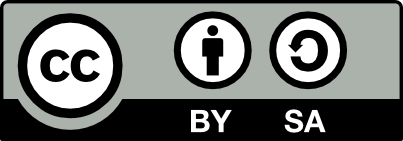Abundace of Microplastics in Kepah Mussels (Polymesoda sp.) in Jada Bahrin River Waters, Bangka and Tebelan Mussels (Lingula sp.) in Pekapor Beach Waters, South Bangka
DOI:
https://doi.org/10.33019/akuatik.v17i1.4254Keywords:
Bangka, Food safety, Shellfish, Consumption, MicroplasticsAbstract
The lack of information related to the content of microplastics accumulated in shellfish in the Bangka region, especially in the type of shellfish consumption Polymesoda sp. and Lingula sp. potentially pose a risk to food safety. Therefore, this study was conducted to analyze the type and abundance of microplastics in Polymesoda sp. shellfish. and Lingula sp. Data collection will be carried out in December 2022 – February 2023 in the waters of Jada Bahrin Village and in the waters of Pekapor Beach, Permis Village. The sampling method uses random purposive sampling with 3 countermeasures groups. Sample processing in the laboratory uses H2O2 as the destruction material and NaCl to increase density. The results showed that there were microplastic particles in both shellfish samples including fibers, fragments and films with fiber types dominating in both samples. Average total abundance of microplastics Polymesoda sp. amounted to 0.33 particles/individual, while the average total abundance of microplastics Lingula sp. by 0.65 particles/individual. The results prove that both shellfish samples have been contaminated with microplastics which threaten food safety and adversely affect human health, so deeper research is needed related to microplastic contamination such as chemical toxicants and substances, especially in consumption biota that affect food security and safety
Downloads
Downloads
Published
Issue
Section
License
Under this license, others are permitted to share (copy and redistribute the material in any medium or format) and adapt (remix, transform, and build upon the material) for any purpose, including commercial use. Appropriate credit must be given to the original authors, a link to the license must be provided, and any modifications or derivative works must be distributed under the same license. This condition ensures that the original work and all derived content remain openly accessible under identical terms.








